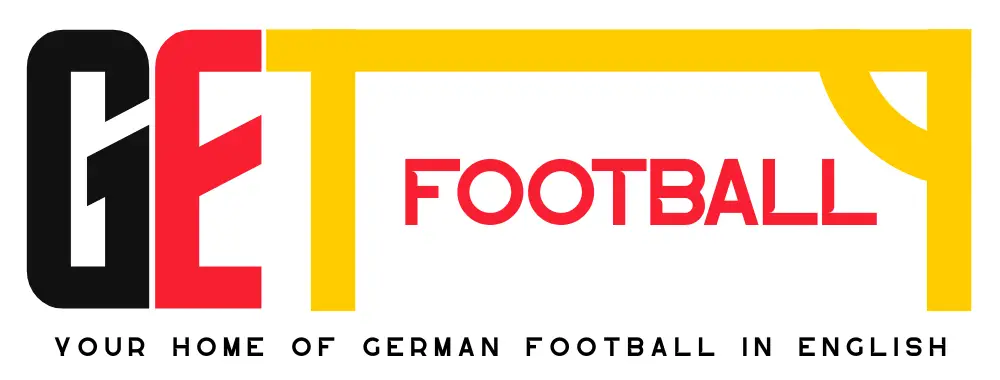Borussia Dortmund’s match against Mainz at the OPEL Arena on Saturday saw Lucien Favre’s men win comfortably 4-0. Although the match was dominated by Dortmund’s individual talent, especially on the counter, the match highlighted two teams that have had a change in their season’s trajectory. For Dortmund, Favre has finally overcome the team’s slow starts and confidently hold onto victories with three consecutive wins. For Mainz, the appointment of Achim Beierlorzer on November 18 is hopefully the turning point for the club is navigate itself away from a relegation battle.
Line-Ups

Dortmund played an offensive 3-4-3 with Brandt in central midfield that looked to advance forward and combine with the three forwards, all of whom either dropped deep for link up play or gave themselves space to turn and run at Mainz’s backline. Dortmund’s offensive threat came in the wide areas too with both Achraf Hakimi and Nico Schulz offering width and Jadon Sancho opting to drift more into the channels to cut inside. Julian Weigl offered defensive stability sitting deep in front of the backline whilst helping recycle possession.
Mainz continued with their 3-4-1-2, a change in formation under Beierlorzer from Sandro Schwarz’s 4-4-2. Baku and Kunde looked to transition Mainz’s build-up play into the final third. Boëtius sat in the 10-position looking to find space between the lines and feed Quaison and Szalai in behind Dortmund’s defense.
Borussia Dortmund’s Front Three
Borussia’s domination of possession and shots was largely due to how their front three; Thorgan Hazard, Marco Reus and Sancho, who operated as they moved the ball into the final third. This front three and how they are operating in the 3-4-3 is also a result of Favre’s changes that has resulted in consistent and favourable results for the Westfalen side. In this match against Mainz, Dortmund’s front three were able to occupy the opposition’s backline, since the match-up was 3v3. Reus and Sancho dropped a bit deeper in the space between Mainz’s backline and central pairing of Kunde and Baku. This caused Mainz defenders to either follow, in which cause the Dortmund forward could link with either wingback or Brandt and get in behind or allow Dortmund’s fast forward to turn and dribble at Mainz’s defenders. Sancho did this in slightly wider areas while Hazard was narrower to give space for Hakimi to get forward and help push Mainz’s defenders back.
Once Dortmund had control over the match and were up 2-0, they relied on their pace to exploit open areas on the counter, leading to their third and fourth goals. Dortmund’s win brings them third in the Bundesliga table and the performance further supports how Favre has evolved the team past their earlier inconsistent form.
Mainz’s Transitions
Under Beierlorzer, Mainz have improved their results with wins against Hoffenheim and Frankfurt, improving their xG in each game along the way. The primary change was in formation, with Beierlorzer preferring a 4-3-1-2. The key to their success in those matches was the aggressive pressing by the front two and the attacking midfielder and the swift transitions through the central midfielders to Boëtius who found space laterally and could feed through-balls into the strikers.
However, against Dortmund, Mainz’s inability to transition into their oppositions side was the key problem as they failed to register a single shot on target in their loss. Further, Mainz only completed 4 of 17 passes in Dortmund’s penalty area, 1 of 13 attempted crosses and were dispossessed 38 times in the final third. This problem was created by Dortmund’s high positioning of players and front-three that dropped into space behind Mainz’s central midfielders. This forced Baku and Kunde into a low-block.
Once Mainz won back the ball or a clearance, Boëtius was tasked with winning the ball without support and having to find a forward running Szalai or Quaison. This often led to Mainz’s counter or attack being quickly outnumbered as they failed to have a presence in the middle of the pitch during their transition into attack. After the half-time break, Beierlorzer attempted to fix this problem by push their wingbacks further up the pitch and slowly down the transition to allow Mainz numbers forward. This worked in that Mainz saw a bit more possession than the first half, but they could not break down Dortmund’s defense.
Despite Mainz getting away from tactical tendencies they saw them turn results around after the change in manager, they are still a side that looks to improve on their current situation. Beierlorzer opted against an aggressive high press in this match unlike one he deployed successful in his earlier matches in charge.
Beielorzer looks to be in a better position tactically to get the most out of his players than Schwarz did. Schwarz’s shortcoming this season were mainly aggressive overloads and narrow positioning of their strikers creating easy man-marking tasks for their oppositions’ defense. Beierlorzer needs to move on from their defeat against Dortmund and stick to this plan of playing through the middle, especially creative outlet Boëtius, with width support natural in their formation and Mainz will have enough quality to see themselves out of a relegation spot or playoff.
By Daniel McDermott.










